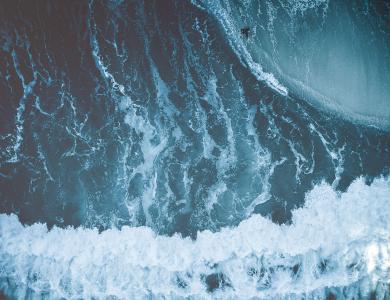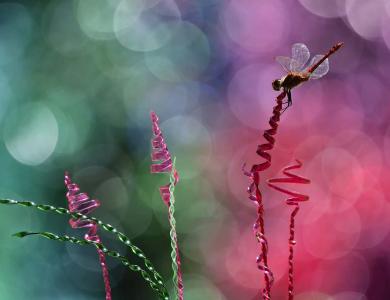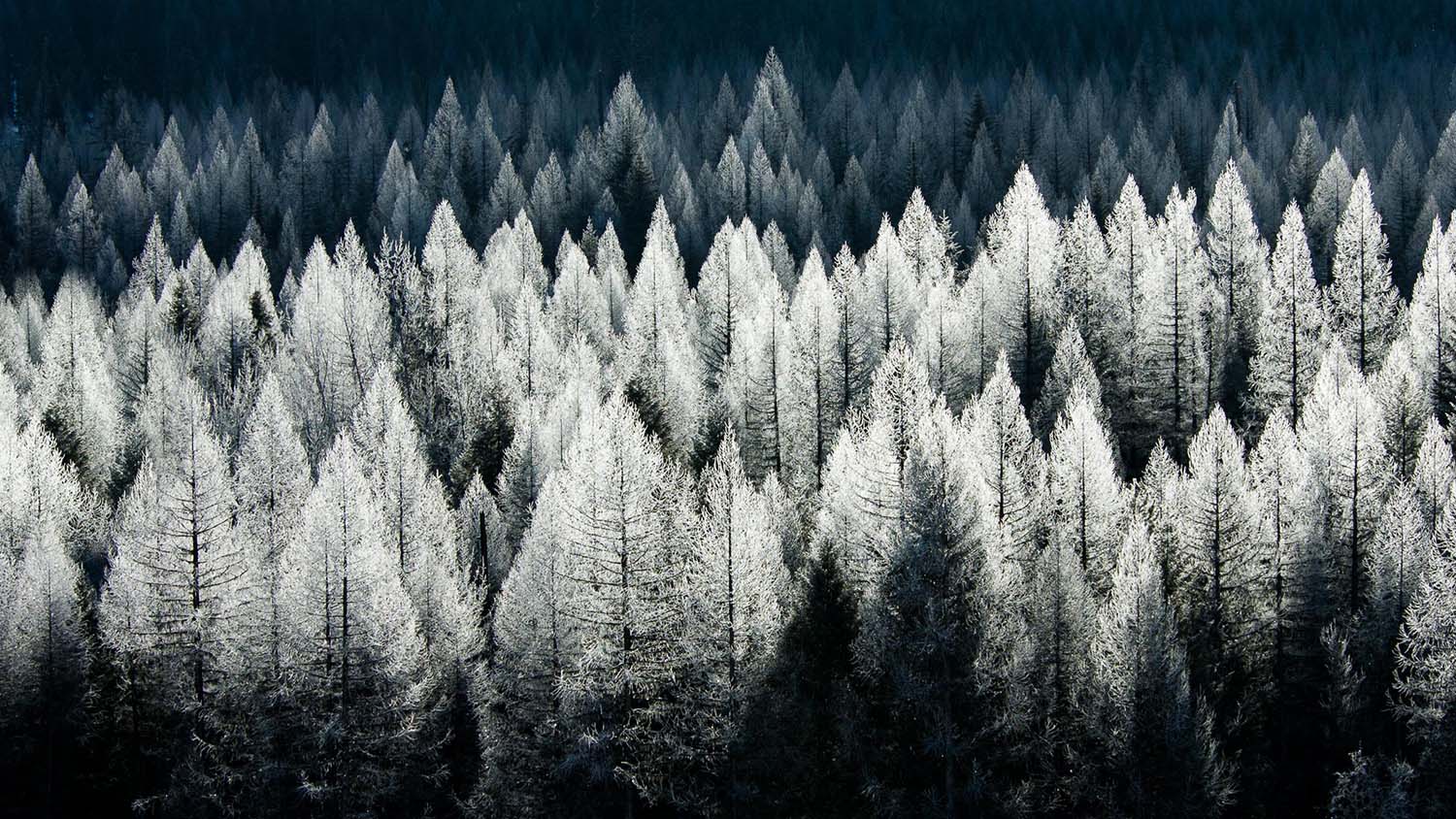
Tony Bynum is a professional outdoor photographer and conservationist. "I have lived in both Washingtons. I’ve bucked horses, pushed cattle, plowed fields, roofed houses, traded labor for food, lead hunters, fishermen, and hikers to solitude, and proudly took the federal Oath of Office. I’m blessed to be sent around the world to photograph wildlife, conservation projects, people and activities for commercial clients, TV producers, editors, and nonprofit partners. I’m also the Vice President of the Professional Outdoor Media Association, (a non-paid position) and on the board of the Glacier Two Medicine Alliance. I doubt I’ll ever retire from photography - how can one quit their life?."
He is a member of PhotoShelter, the leader in portfolio websites, photo sales, marketing and archiving tools for photographers.
Hi Tony. Thanks for chatting with us... Please tell us a little about you and your photography
Hmm, where to start... My photography is all over the map. It’s extremely diverse but centers around nature, conservation, and the outdoors. One day I’m shooting wild lands for a conservation campaign, the next I might be shooting an editorial story about loggers, the next a commercial job for an optics manufacturer and a week later on the road photographing lifestyle for a travel and tourism office.
I’ve always been told: "You have to focus on one thing, find a niche and shoot that." But I've always struggled with that concept. I’m really a Geographer. So I see the world as a network of interconnected parts. Therefore, I can't just shoot one thing and be happy.
I’ve created a photography business that supports my lifestyle. I became a photographer at first because it was an outlet. As time passed, I was forced into it professionally, I needed a job to pay the bills. I was raising my daughter in East Glacier Park, MT - it’s not even incorporated, and there’s not much for full-time work in my profession in those parts. I still live in Glacier Park, and I love it.
After a long career in public and tribal natural resources policy and environmental protection, I decided that I could better educate and persuade people through photography. I know "storytelling" as it relates to media, has become hip or cliche but the concept of telling a story with an image has always been the basis for my work. No matter if it's conservation, editorial, wildlife, commercial/advertising, or travel, the objective is to tell a story in a single image. I’m not always successful at that, but that’s my goal.
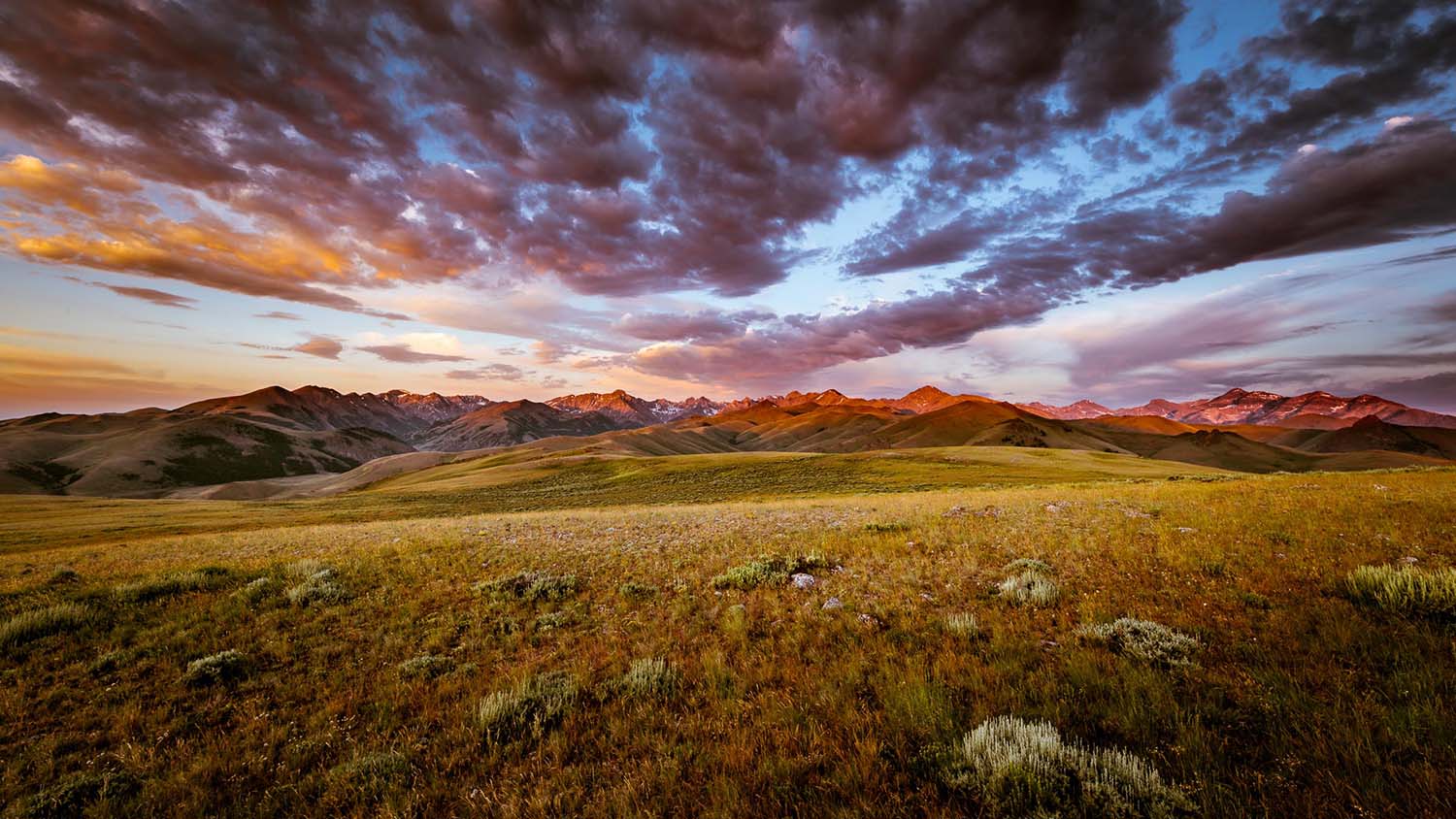
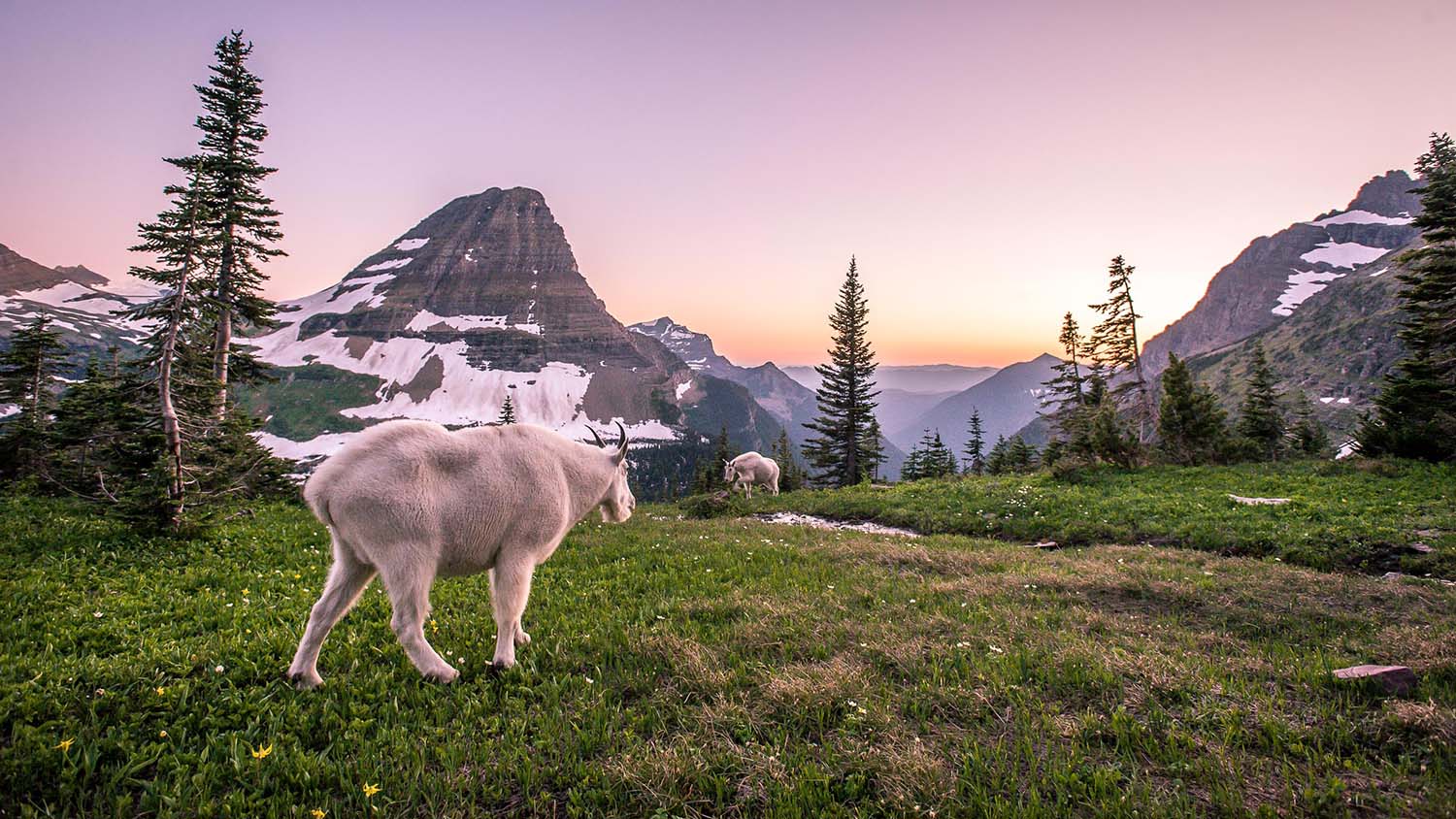
When did you get started in photography? What does the medium mean to you?
I started seriously in 2002 and decided to quit my consulting job and take on photography full-time in 2006 or so. I can't really put my finger on a date but that’s close. Photography is my life. My cameras and lenses are the tools I use. In the beginning, I shot everything that would pay, and everything that didn't. I never looked at other people's work and I only ever measured my skills or my style against my goals. If I was happy with my work, then it was meaningful.
The business of photography is an evolution. No matter what anyone tells you, it’s an evolutionary process. For example, technology continues to change and advance. Computers, cameras, apps, business solutions, information transfer, it’s all changed. The principles and fundamentals are much the same: business, as they say, is still business. Differing today, are the methods and tools. Currently, either you're independently wealthy, or you must be willing to adapt and incorporate changing methods and processes into your business or you'll be out of business - it’s that real.
The toughest challenge for me on a shoot is to unfocus, to blur the lines so to speak. That may sound strange, but here’s what I mean: whether I’m hired for a conservation project, an editorial assignment or a commercial shoot, I strive to keep my mind on the goals of the project, but still open and uncluttered enough to be creative.
I find that my best works happen when my photography is fluid. When I’m flowing with the talent or the land or the animals, the best photographs are made when my mind is clear and I’m able to be in the moment, no matter how stressful or chaotic things may be around me. . . That’s a challenge these days when you're traveling internationally.
The key is to find that sweet spot where the flow matches the desired output. That’s particularly true when you’re on assignment or shooting a commercial job. If my mind is trying to keep track of too many things, the imagery will suffer. I try to clear my head and pay almost no attention to details, and just frame images and push the shutter. Knowing your equipment, therefore, is critical. You have to know how it works, and how it doesn't, all the way through post production. Aside from the creativity or how you see light, both are keys to photography these days, you have to understand and accept digital workflow.
From a business standpoint, the most important aspect of assignments, or paid shoots, particularly in far-flung, remote places where there are few if any resources, is to be a problem solver. I always plan for things to go wrong. I have multiple backup plans and options. I try to think through everything that could go wrong and be prepared to act when and if they do. Up-front planning and experience are probably more important than photographic skills. That said, today you have to be expert at both.
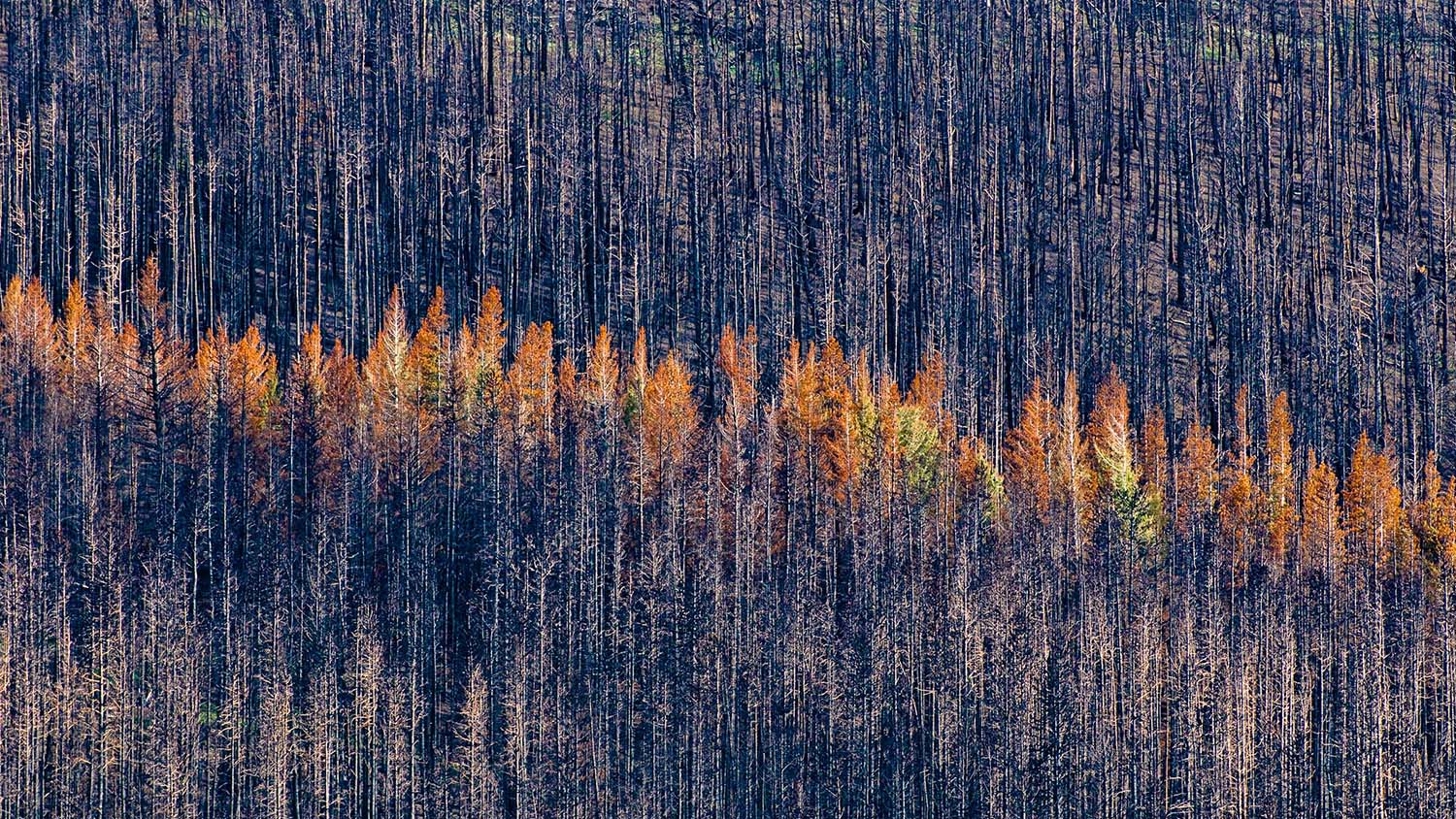
Tell us about your role in conservation and how your photography feeds into this
As I mentioned, I’m really a Geographer. My degrees are in Geography, Environmental Science, with a Masters of Science in Natural Resources Management (no formal training in photography). My focus has always been on the land, wildlife, and people; the intersection of humans and their environment. So, for me, conservation is about how humans wisely manage limited resources. There is no conservation if there are no humans.
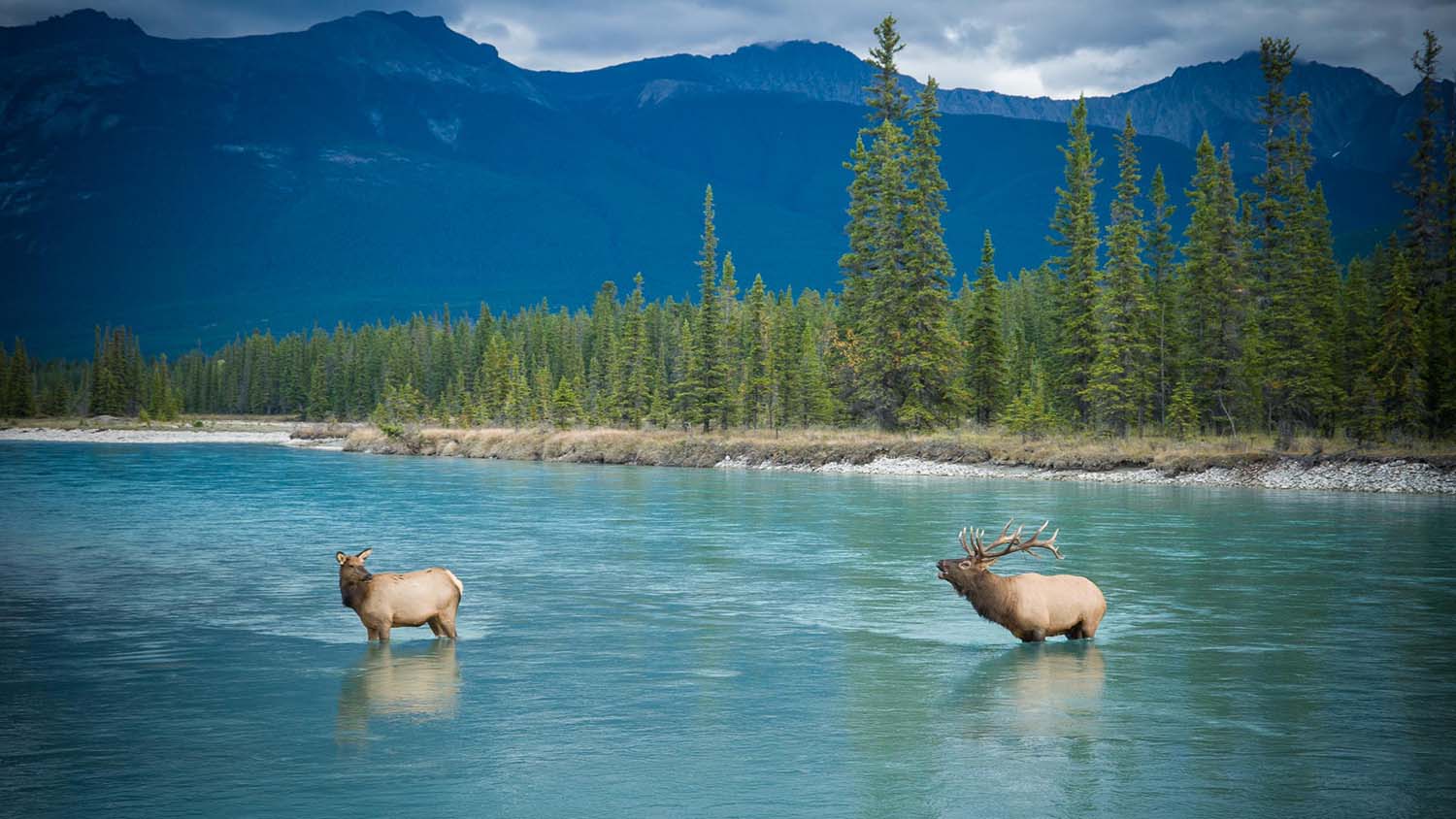
What top tips do you have for aspiring wildlife and conservation photographers?
Spend more time outdoors with your subjects. Shoot more. Think about how Tiger Woods handled his golf club at the height of his career, you must be able to shoot your camera and lens with the same deliberate accuracy but without thinking about it, as Tiger did when bouncing a golf ball off the head of an iron. Be willing to go farther, stay longer, and eat less than anyone you’ve ever known.
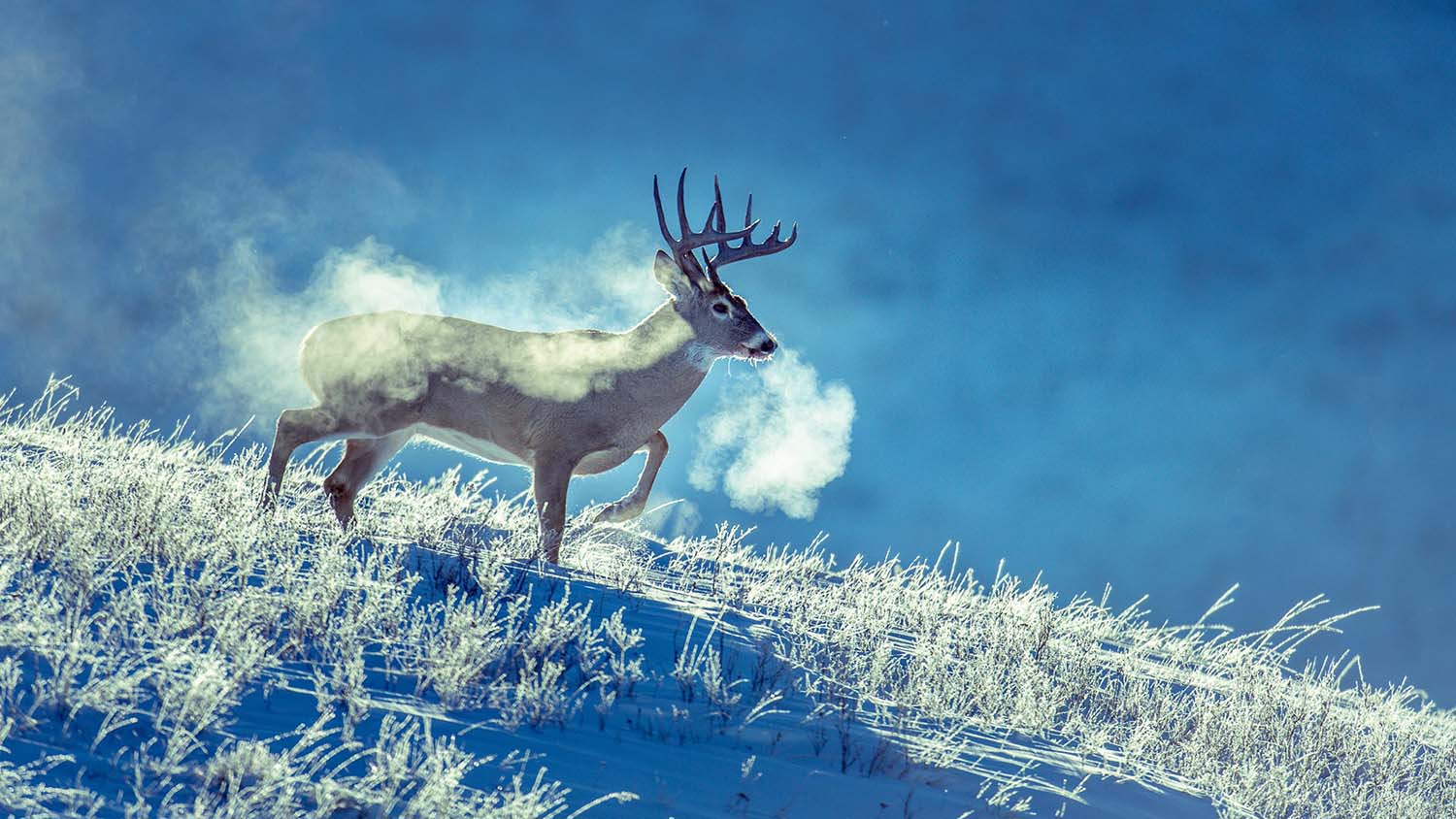
Do you have a photographic philosophy?
Yes, in summary, it’s "just do it." Nike does not own that, it's been a philosophy long before the swoosh. More specifically, my photographic philosophy is best expressed by Eliot Porter’s words: "The more you photograph, the more you realize what can be photographed and what can’t be photographed. You just have to keep doing it."
Maybe more importantly though is my overall philosophy. Martin Luther King said it best: "Our lives begin to end the day we become silent about things that matter." The challenge is to find a way to stay focused but defocus when it counts . . .
A final thought. If you’re the kind of person that would rather stay in the sleeping bag when it's still dark and the air is crisp-cold, this is not the work for you. On the other hand, if you’re the kind of person that is to be the first to see the sun come up, then go for it.
tonybynum.com
photoshelter.com

